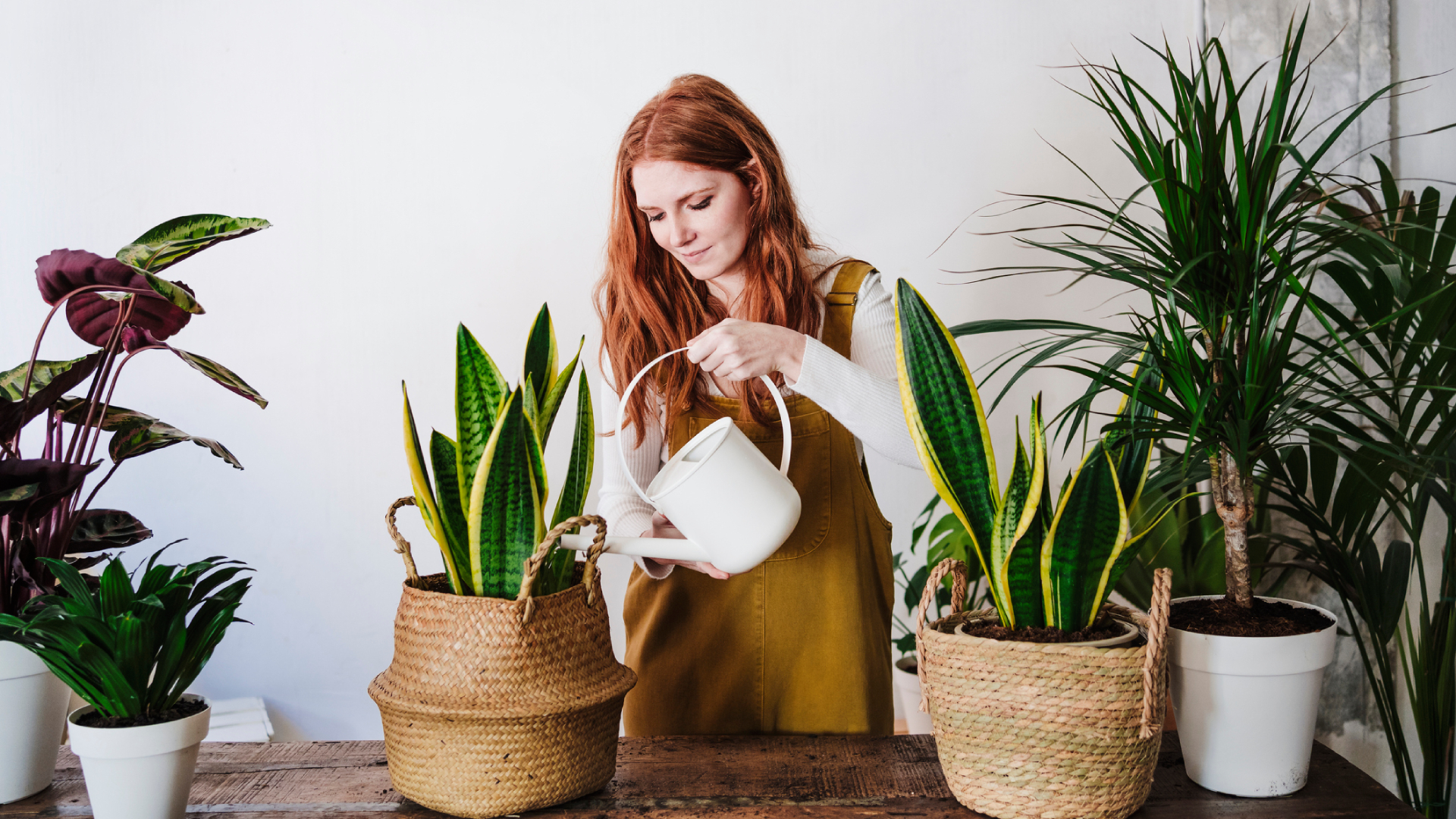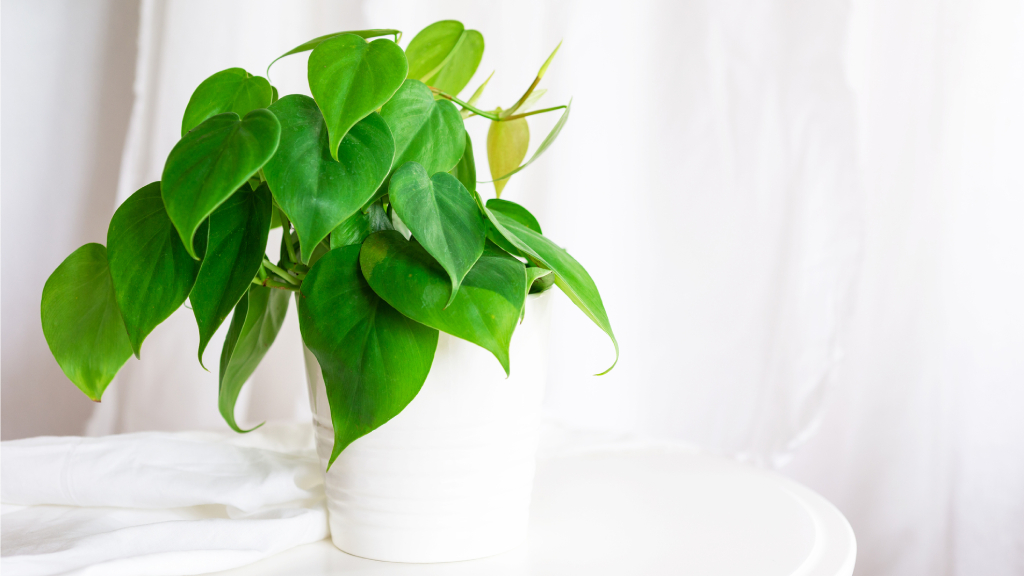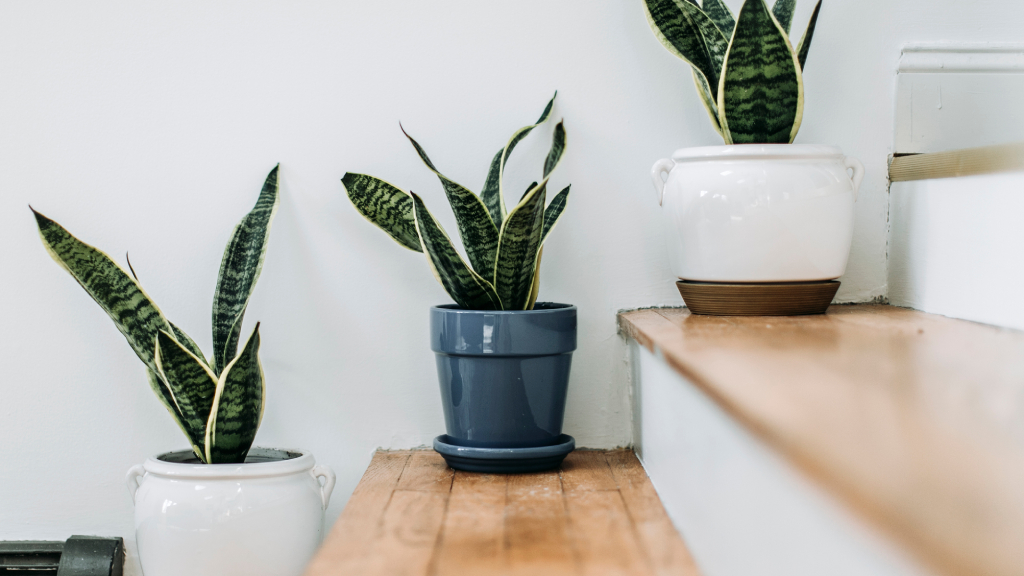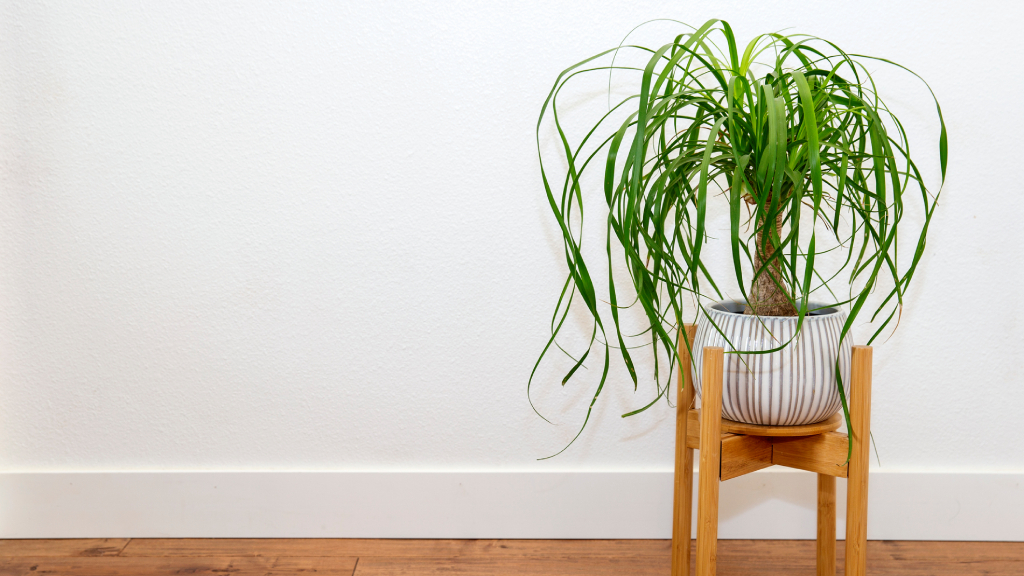6 Plants That Don’t Need Water – Or Almost Never Do
Are there really plants that don’t need water? These 6 houseplants prove it’s possible to grow lush, leafy foliage with minimal watering.


Indoor plants that don’t need water are a plant parent’s dream. It’s not that we don’t love our plant babies, we just have busy lives and sometimes watering houseplants falls to the bottom of the to-do list. Sure, succulents and cacti are great low-maintenance options.
But what if you want a lush, tropical look with the added benefit of drought-tolerance? Here are 6 houseplants that will turn your home into a tropical rainforest–minus the rain. Dreams really can come true.
1. Heart-leaf Philodendron

This one is straight out of the rainforest. Philodendrons, especially vining heart-leaf philodendrons, are easy beginner plants that don’t need much water. They can go at least two weeks without a drink and are perfectly fine.
I’ve left mine for even longer when I’ve been out of town and they don’t seem to mind at all. Water them well once the top inch (2.5 cm) of soil feels dry and they will reward you with lovely, long vines that last for years.
2. Snake Plant

Technically a succulent, snake plants give you the look of a leafy houseplant without the fussiness. Their elegant architectural form and easy growing requirements are ideal for trendy plant parents who are more concerned with aesthetics than watering schedules. Only water when soil is completely dry, which in winter means watering once every month or two.
3. Ponytail Palm

Another succulent in disguise, the ponytail palm looks more like a tropical tree than its relatives in the agave family. Also known as an elephant foot plant, ponytail palms store water in their bulbous, bottom-heavy trunks that look like elephant feet. This unique feature makes them a stylish addition to any indoor garden and gives them the ability to go long stretches without water. Let ponytail palms dry out between waterings.
4. ZZ Plant

If you want a hard to kill houseplant that needs little water, the ZZ plant is for you. They are almost indestructible and truly drought tolerant. In fact, one of the most common reasons ZZ plants die is overwatering. They can go months without water, thanks to their fleshy rhizomatous roots and sleek, shiny dark green leaves. ZZ plants do grow faster when they receive regular watering, but be sure not to give your plants too much to drink.
Sign up for the Gardening Know How newsletter today and receive a free copy of our e-book "How to Grow Delicious Tomatoes".
5. Pothos

Ah, pothos! The ultimate low-maintenance houseplant. These tropical beauties thrive almost anywhere and don’t complain if you forget to give them a drink. That doesn’t mean you can totally neglect them, though. Pothos are easy-care plants that don’t need a lot of water, but they do need some. During spring and summer, when pothos do most of their growing, keep soil moist. Never let soil get soggy and cut back on watering during winter dormancy.
6. Peace Lily

Looking for a flowering plant that doesn’t need water? Get peace of mind with a peace lily. These tough tropical flowers have similar watering needs to pothos. You can’t forget about them completely, but they will tolerate more drought than most other flowering houseplants. Peace lilies also make it easy to tell when they need water. As soon as plants start to droop, it’s time for a drink.

Laura Walters is a Content Editor who joined Gardening Know How in 2021. With a BFA in Electronic Media from the University of Cincinnati, a certificate in Writing for Television from UCLA, and a background in documentary filmmaking and local news, Laura loves providing gardeners with all the know how they need to succeed, in an easy and entertaining format. Laura lives in Southwest Ohio, where she's been gardening for ten years, and she spends her summers on a lake in Northern Michigan. It’s hard to leave her perennial garden at home, but she has a rustic (aka overcrowded) vegetable patch on a piece of land up north. She never thought when she was growing vegetables in her college dorm room, that one day she would get paid to read and write about her favorite hobby.